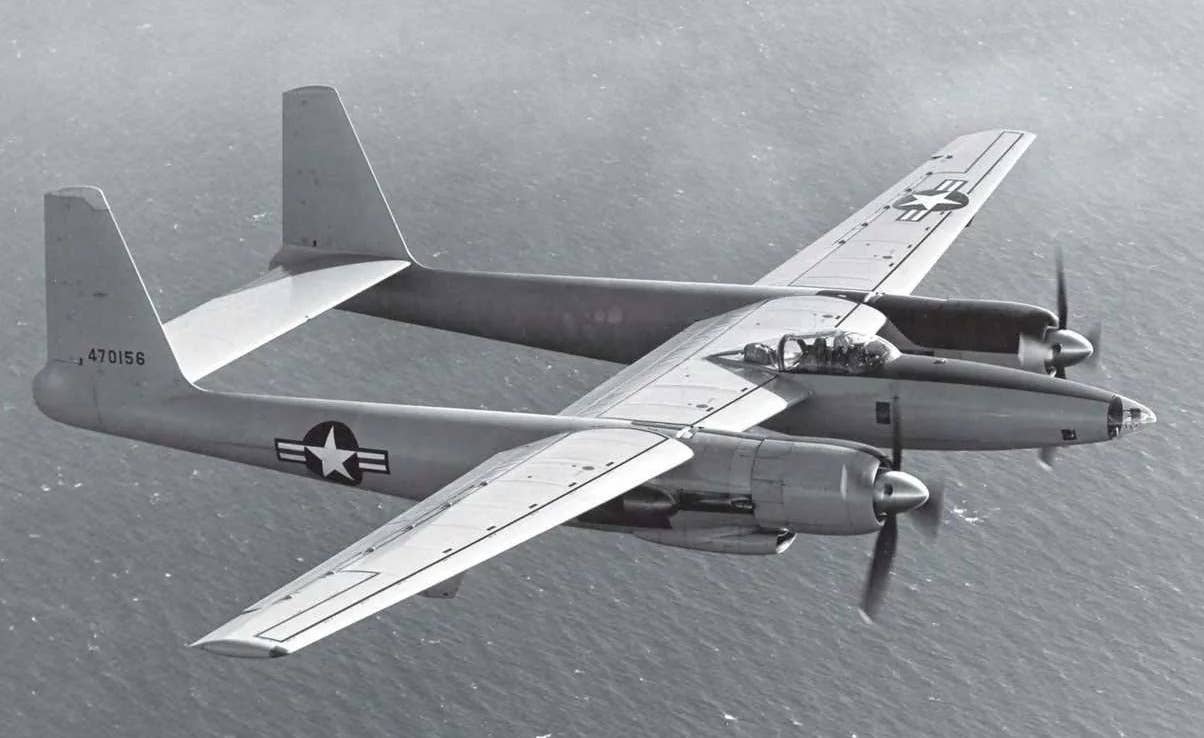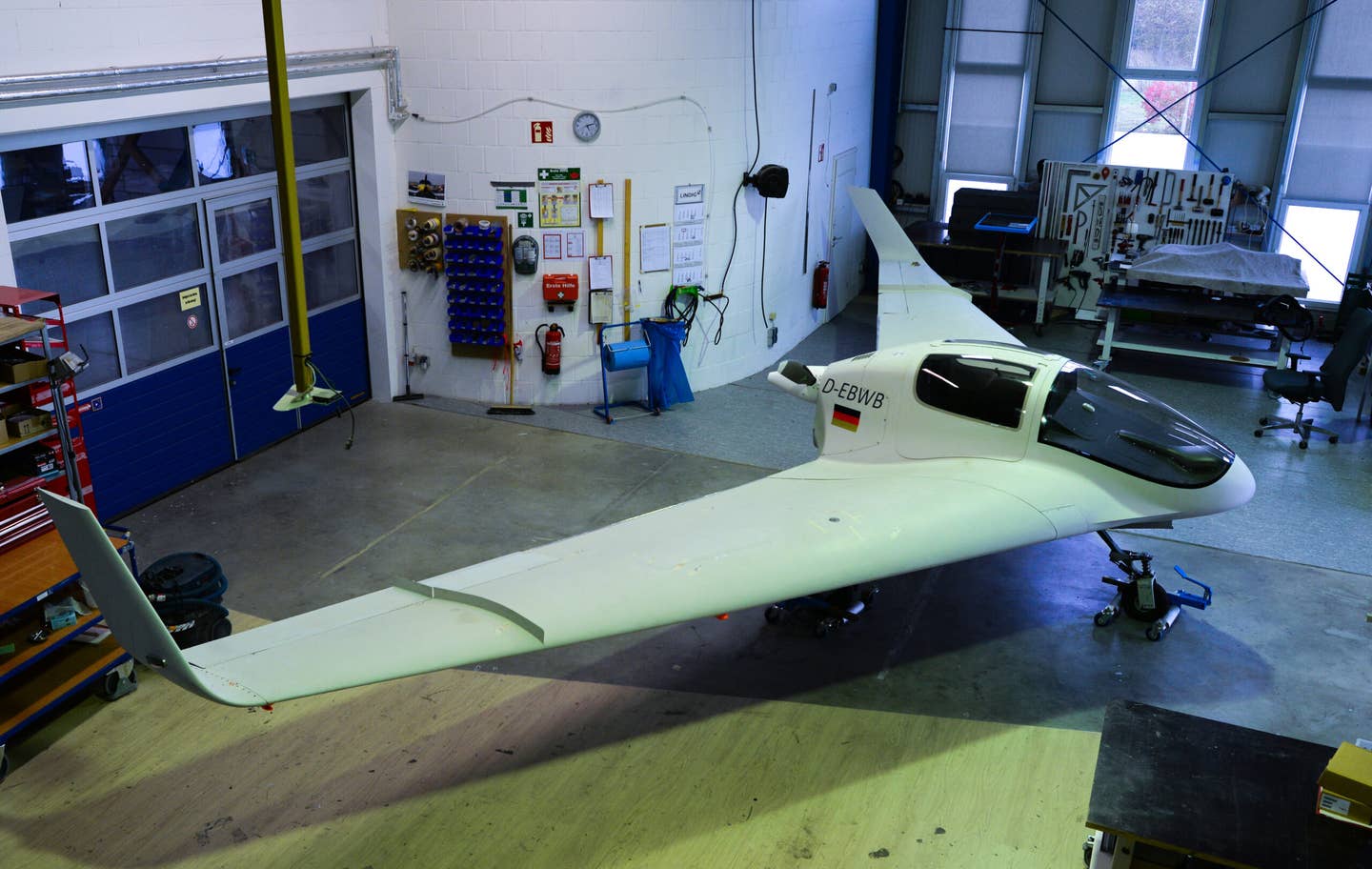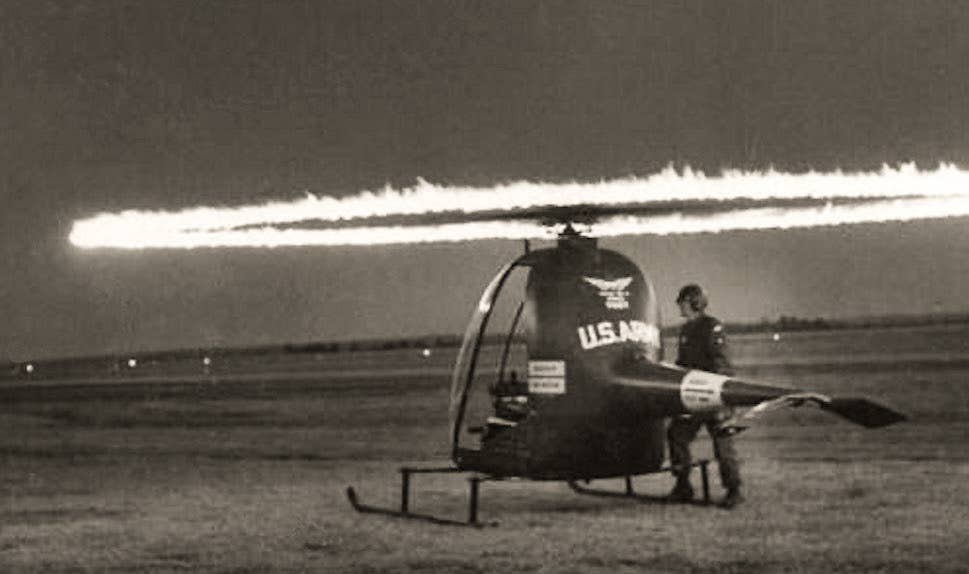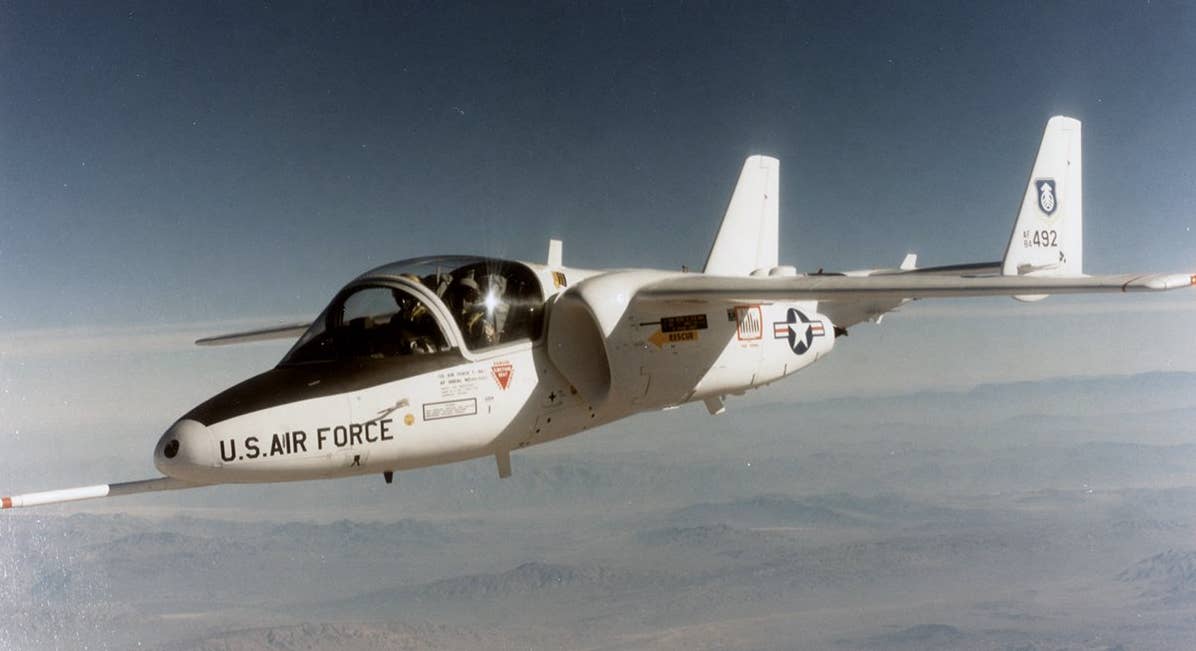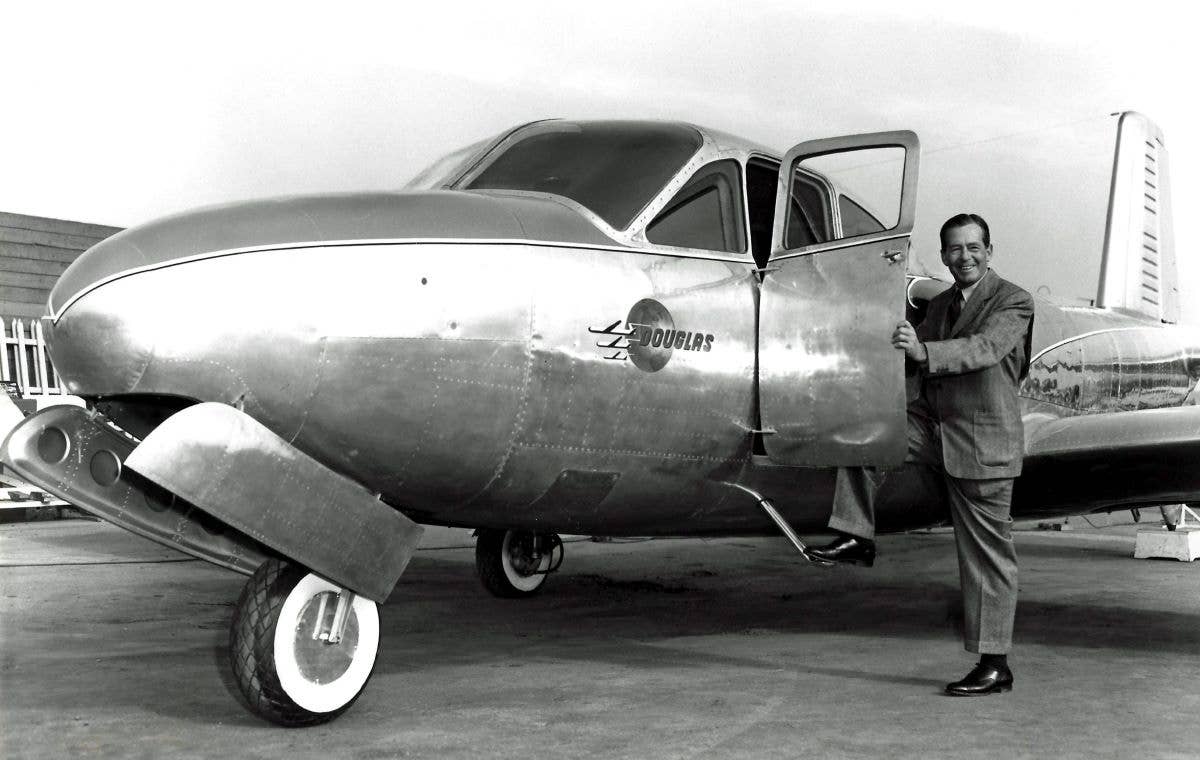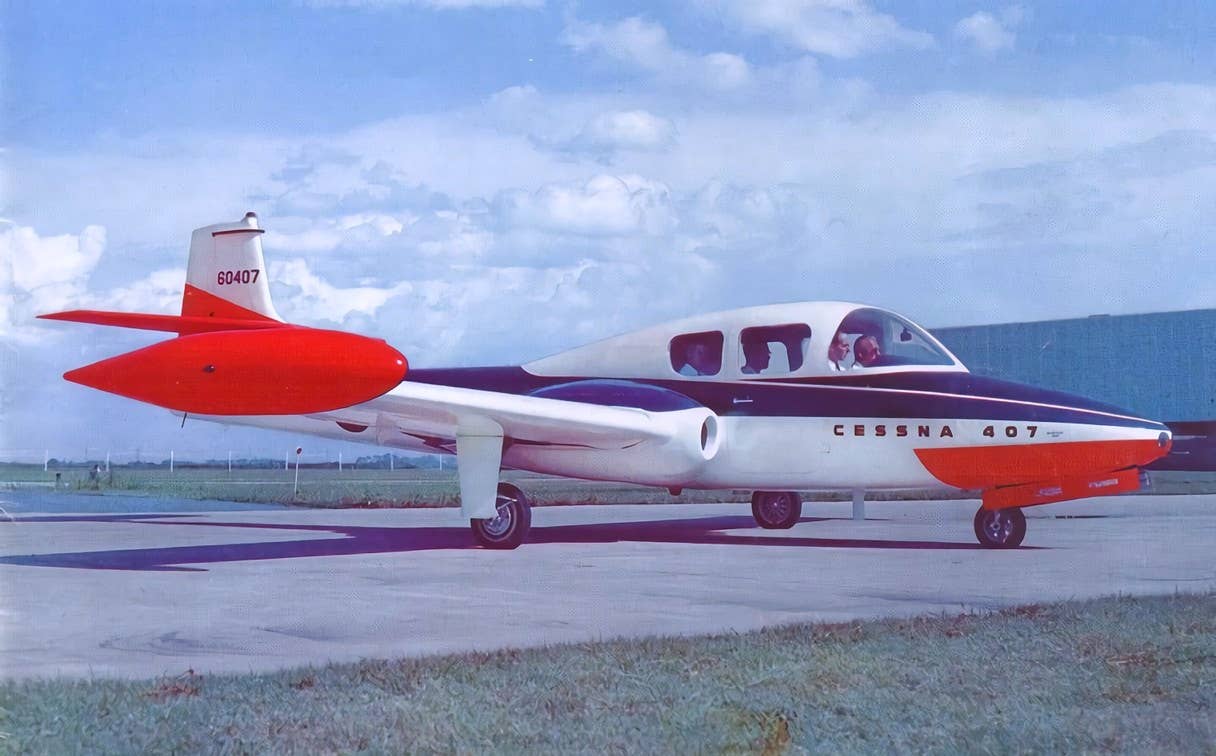The T8F Is Luscombe’s ‘Crazy Uncle’
While similar to the rest of the company’s lineup in many ways, the model features many unique quirks.
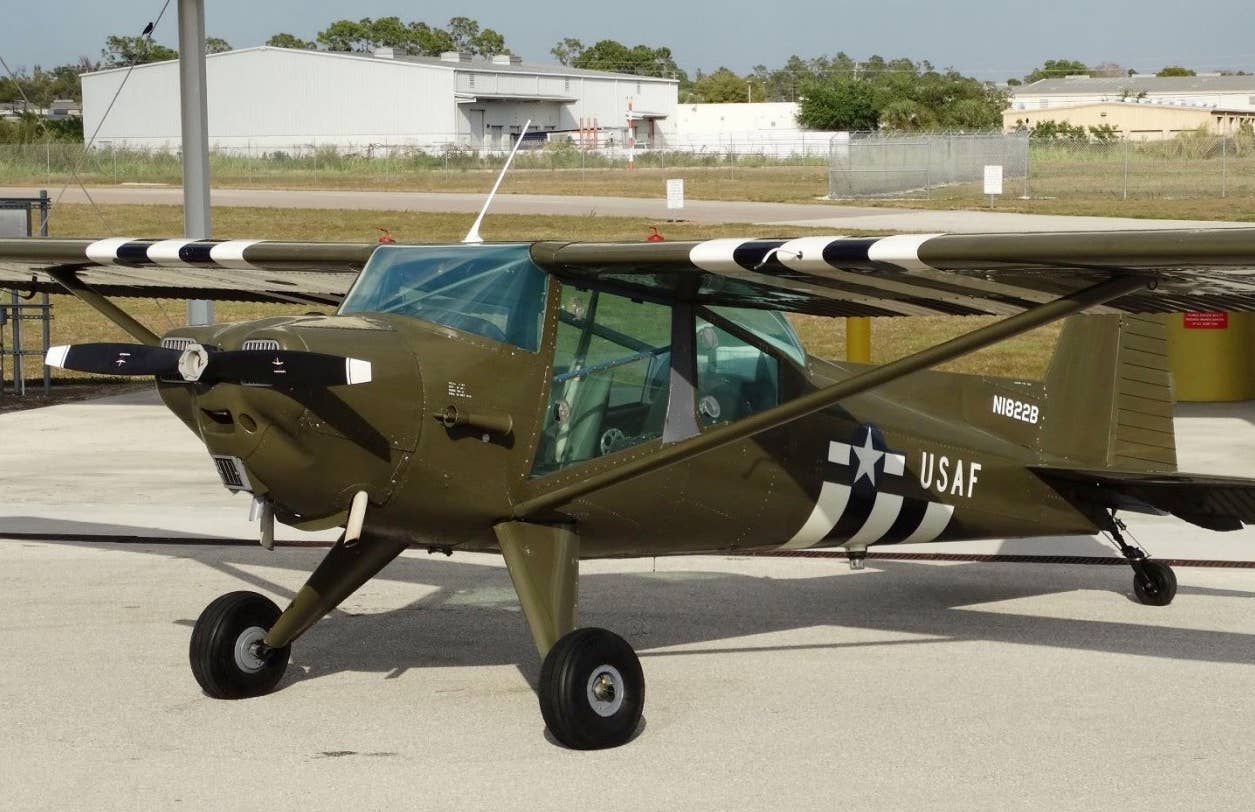
A rare version of the standard Luscombe 8, the T8F, was designed for aerial observation duties. When a military contract failed to materialize, the airplane was offered as a crop sprayer. [Phillip Wolford]
It’s not uncommon for a family to have that one “crazy uncle” whose background raises more questions than answers. Maybe it was legal trouble back in the 1960s, an adventure as a band groupie spanning multiple continents, or perhaps some harebrained business venture involving unspecified imports and exports.
In the Luscombe family, that crazy uncle is the unique T8F. At first glance, it appears quite similar to the traditional Luscombe 8 taildragger. Most parts are common, after all, and the wing, landing gear, engine, and tail are almost indistinguishable from the standard model.
Setting it apart, however, is an entirely different passenger cabin and seating arrangement. Rather than the standard Luscombe’s tight, side-by-side seating, the T8F uses a tandem configuration, placing one seat in front of the other. The aft occupant is provided with a massive bubble canopy that extends above the wing and provides a panoramic view around the airplane.
Why did Luscombe develop such a derivation of the successful standard version? To compete for a military contract—specifically one with the U.S. Army for a liaison aircraft. Luscombe reasoned that with a minimum amount of engineering effort the modified version could perform the role and increase sales.
When Aeronca won the contract, Luscombe was left with a unique model that was fully flight tested but lacked clear direction. It offered legitimate operating economy and outstanding visibility from the rear seat, and it would surely be perfect for certain applications. Looking to make the most of the opportunity, the company put its marketing team to work.
Before long, Luscombe presented two versions of the T8F for the civilian market. The standard version, marketed as the Silvaire Observer Special, targeted such duties as pipeline inspection and aerial observation. The Silvaire Sprayer incorporated larger tires, flaps, and spray equipment for aerial application duties.
Luscombe claimed the Sprayer was the first production airplane to be factory designed and engineered specifically for aerial crop spraying. While the accuracy of this claim might rely on nuance with specific wording and definitions, it’s safe to say that the type bridged the gap between early modified types, such as Stearmans, Huff-Daland Dusters, and later types that were legitimately purpose-built from the ground up for agricultural duties, such as the Snow S-2 and Fletcher FU-24.
Of the roughly 100 examples produced, 25 remain on the FAA registry. Several examples, such as the one pictured in this article, sport a military livery. While no T8F served in any branch of the military, the colors shed light on what might have been had the type been selected over the Aeronca so many years ago.
As a pseudo-warbird, a T8F would be relatively easy to own. With most parts common to the far more plentiful standard Luscombe models and simple, straightforward systems, it would present few headaches or pitfalls compared to other types. Additionally, the unique tandem seating affords larger pilots the shoulder room and cabin width necessary to fly a Luscombe in relative comfort.
Best of all, the T8F offers a glimpse into a little-known footnote of aviation’s past. Like that crazy uncle with an unusual background and bizarre stories to tell, the T8F provides an intriguing history lesson and captivates audiences wherever it goes.

Subscribe to Our Newsletter
Get the latest FLYING stories delivered directly to your inbox

